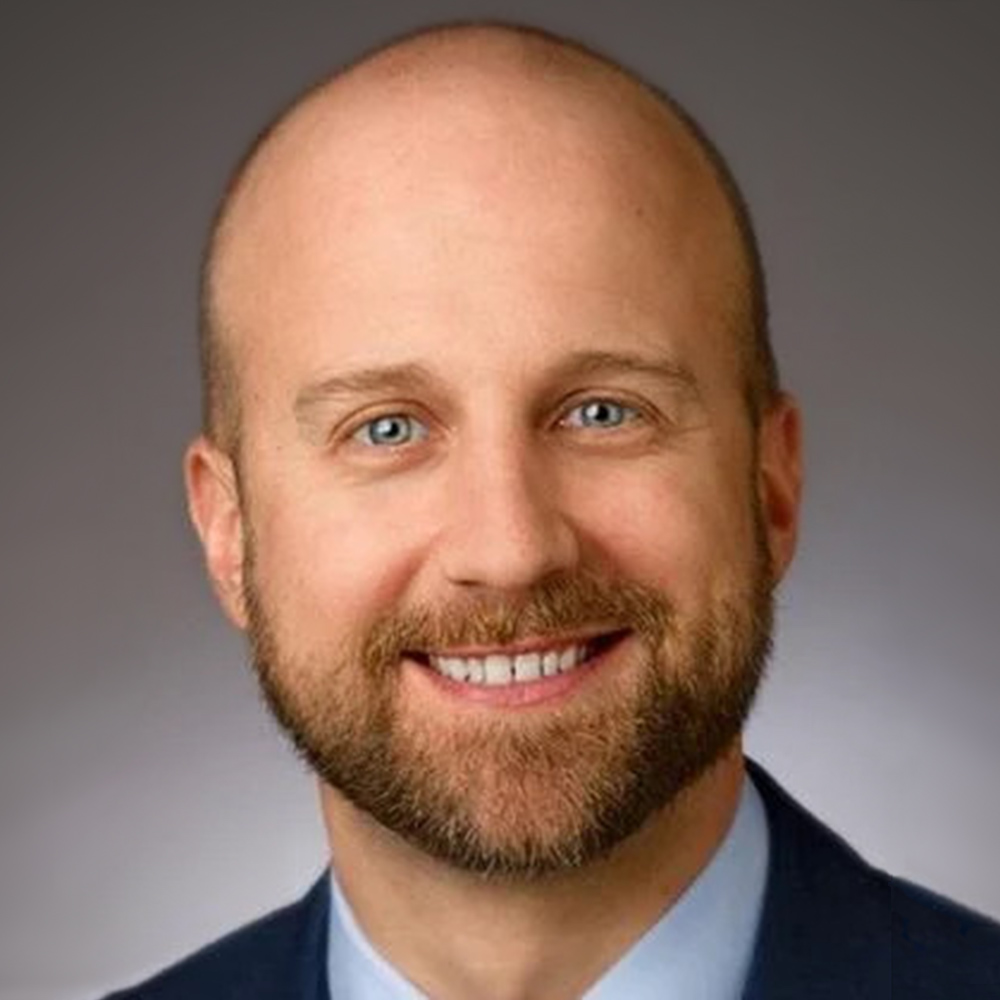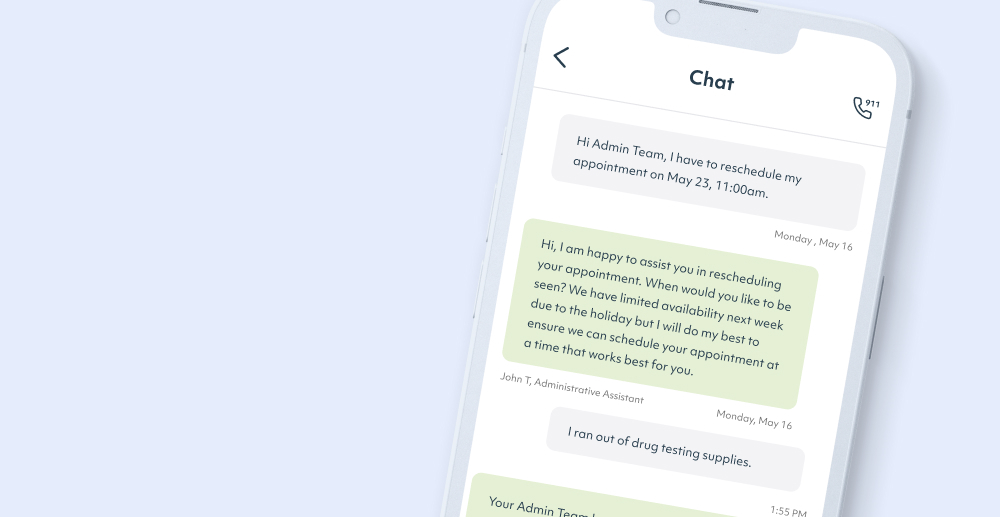Workit Health’s core philosophy of care is “patients as designers.” In the second installment of a series of posts on our learnings and insights, our Chief Medical Officer Dr. Justin Coffey explains what this philosophy means and how our program embodies it.
Workit Health’s CMO Dr. Justin Coffey on Workit’s philosophy of care
Here at Workit, everything we do begins with our mantra: Patients as designers.
Our philosophy of care is to combine the power of technology with the expertise of our patients and their lived experience. We believe that if we listen—really listen—our patients will tell us everything we need to know. It’s a simple approach, and it’s very powerful. Let me share a few examples of what that looks like.
First, Workit was the pioneer that brought virtual addiction care online. And this was long before COVID hit. Our virtual-first approach to care was motivated by three ideas:
- Care should be accessible — This is especially true for people who live in rural areas or the many places in our country where there is a shortage of appropriate providers. Over half of U.S. counties, most of them rural, have no physicians who possess the necessary waiver to prescribe buprenorphine. That leaves 28 million Americans living more than 10 miles from the nearest buprenorphine provider.
- Care should be effective — In other words, we’re only going to adopt a virtual-first approach if the care that we deliver using telemedicine is high quality. And research indicates that telemedicine treatment of opioid use disorder is as effective as in-person care.
- Care should be free of stigma — We want the experience of receiving care with us to be free of judgment and shame. Stigma discourages people with substance use disorder from seeking treatment, and stigma within the medical profession can impact the quality of care that clinicians provide. We’ve designed our care to attack this stigma head-on through a harm reduction philosophy and processes that reduce feelings of judgment.
Our virtual-first approach achieves all three of these goals, and we’re very proud of that work.
A second example of our patients-as-designers philosophy is how we’ve developed technology to ensure that our patients receive the best care based on the best evidence. For those with opioid use disorder, the safe and effective use of buprenorphine cuts the risk of dying by 50%. So we’ve developed ways to electronically prescribe this life-saving medicine to the local pharmacies of folks who are accurately and carefully diagnosed with opioid use disorder. We have also innovated ways to make urine drug screens painless and shameless. We’ve streamlined our process according to our patients’ needs and preferences—and they love it. Our patients have completed nearly 50,000 drug screens this year, with an average rating of the experience of 4.7/5 stars.
A third example of our patients-as-designers philosophy relates to the fact that substance use disorders are illnesses that rarely exist in isolation. In fact, over half of people suffering from a substance use disorder also suffer from one or more related health conditions. These include psychiatric conditions, like depression and anxiety, as well as certain general medical conditions, like hepatitis C or HIV. Our patients have made it clear that they want whole-person care. They trust us to provide world-class care for their substance use disorder, and so we make every attempt to provide world-class primary care for their related health conditions, too. Our providers find this whole-person approach really gratifying, mainly because it just feels like the right thing to do.
These three examples are just a few of the ways that Workit is unique. They all started with our patients, putting them in the design seat.
To be clear, when we say “patients as designers,” that does not mean that we abandon patients to their own autonomy. What it does mean is that we bring their design thinking to the same design table where our clinical experts and technology innovators are sitting. It’s a partnership. That partnership produces high quality care and an amazing experience for our patients. And it’s that partnership that we think is the “secret sauce” at Workit Health.









